The fight against climate change has led scientists to explore unconventional methods of reducing atmospheric carbon dioxide levels. One of the most promising yet underreported solutions lies deep beneath the ocean—carbon storage in subsea basalt formations. Unlike traditional carbon capture and storage (CCS) techniques, which often rely on depleted oil reservoirs or saline aquifers, this approach leverages the natural chemical reactions between CO₂ and volcanic rock to permanently mineralize greenhouse gases.
A Geological Solution to an Atmospheric Problem
Basalt, the dark volcanic rock that makes up most of the ocean floor, possesses a unique ability to react with carbon dioxide and convert it into stable carbonate minerals. When CO₂ is injected into porous basalt layers under high pressure, it dissolves in seawater trapped within the rock. Over time, a series of chemical reactions transform the dissolved CO₂ into solid minerals like calcite and magnesite—essentially turning greenhouse gas into stone. This process, called mineral carbonation, occurs naturally over millennia but can be accelerated through human intervention.
Recent pilot projects have demonstrated the viability of this approach. The CarbFix project in Iceland, though not subsea, proved that 95% of injected CO₂ could mineralize within two years—far faster than the centuries required for traditional geological storage. Researchers are now adapting these techniques for offshore environments where vast basalt formations offer unparalleled storage capacity. The Juan de Fuca tectonic plate off North America's west coast alone could theoretically store over a century's worth of global CO₂ emissions.
Engineering Challenges in the Abyss
Implementing deep-sea carbon storage presents formidable technical hurdles. Injection systems must withstand extreme pressures (over 100 atmospheres at 1,000 meters depth) while preventing leaks through complex seabed geology. Specialized drilling rigs capable of operating in deep water are required, similar to offshore oil platforms but designed for reverse operations—pumping substances into the earth rather than extracting them.
The logistics become even more complex when considering CO₂ transport. Most proposals involve liquefying captured CO₂ at coastal facilities, then piping it through submarine networks to injection sites. Some visionary plans suggest using specialized tankers to transport liquid CO₂ to offshore platforms, mimicking today's LNG shipping infrastructure. Each step requires new safety protocols to prevent accidental releases that could acidify surrounding waters.
Environmental Considerations and Unknowns
While theoretically secure, the ecological impacts of large-scale subsea carbon storage remain poorly understood. The injection process might disturb deep-sea ecosystems that have evolved under stable conditions for millions of years. Microbial communities living in basalt formations—some of Earth's most ancient life forms—could be affected by changing chemistry. Researchers emphasize the need for extensive baseline studies before commercial deployment.
Another concern involves induced seismicity. Although basalt mineralization is generally considered stable, the injection process could potentially trigger minor earthquakes as pressure builds in rock formations. Monitoring systems adapted from the oil and gas industry would need to track both geological stability and potential CO₂ migration pathways.
The Policy and Economic Landscape
Legal frameworks for subsea carbon storage are still in their infancy. International waters present particular challenges, as no single nation has jurisdiction over the high seas. The London Protocol, which governs marine pollution, was amended in 2006 to allow carbon storage under certain conditions, but detailed regulations remain to be developed. Coastal nations must balance this emerging technology with existing maritime activities like fishing, shipping, and undersea cable routes.
Economically, the approach currently can't compete with simply emitting CO₂ into the atmosphere. However, as carbon pricing mechanisms spread globally, the calculus changes. Preliminary estimates suggest subsea mineralization could eventually cost $50-100 per ton of CO₂ stored—comparable to other CCS methods but with superior permanence. The development of this technology may hinge on whether governments recognize mineralized carbon as a more valuable offset than conventional storage.
Looking Ahead: From Experiment to Implementation
Several nations are positioning themselves as pioneers in this emerging field. Japan has initiated pilot studies in the Nankai Trough, while European researchers are exploring the North Atlantic's massive basalt provinces. Private sector interest is growing too, with energy companies viewing subsea storage as potential future revenue streams as fossil fuel demand declines.
The coming decade will likely see small-scale demonstrations progressing to commercial projects. Success could transform how humanity manages carbon emissions, turning the ocean floor into a climate change mitigation tool rather than a victim of acidification. As one marine geochemist noted, "We're not just storing CO₂—we're restoring the carbon balance that volcanic rocks maintained for eons before human interference."
While not a silver bullet, subsea carbon storage in basalts represents one of the few climate solutions that offers truly permanent CO₂ removal. Combined with emissions reductions and other technologies, it could help buy crucial time in the race against climate change. The depths of our oceans, long seen as mysterious and distant, may soon become active partners in planetary stewardship.

By /Jul 2, 2025

By /Jul 2, 2025

By /Jul 2, 2025

By /Jul 2, 2025

By /Jul 2, 2025
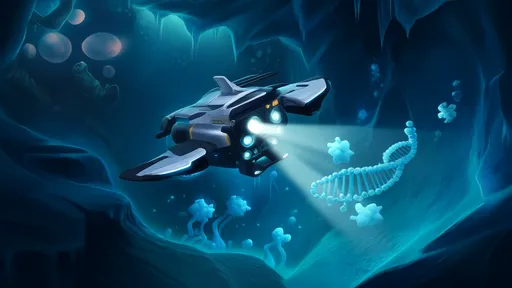
By /Jul 2, 2025

By /Jul 2, 2025

By /Jul 2, 2025

By /Jul 2, 2025
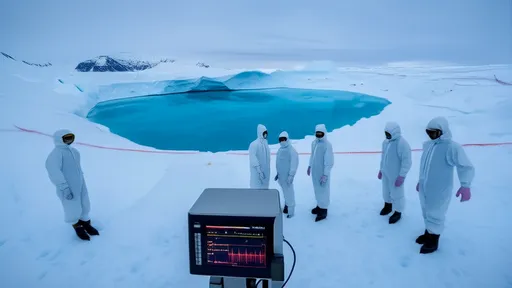
By /Jul 2, 2025
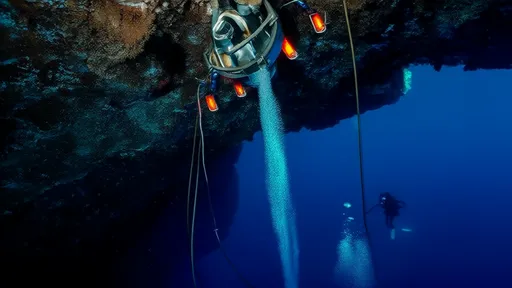
By /Jul 2, 2025
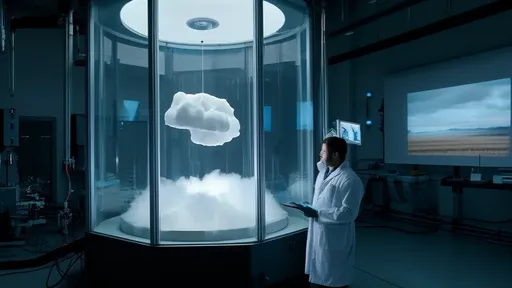
By /Jul 2, 2025

By /Jul 2, 2025

By /Jul 2, 2025

By /Jul 2, 2025

By /Jul 2, 2025

By /Jul 2, 2025

By /Jul 2, 2025

By /Jul 2, 2025
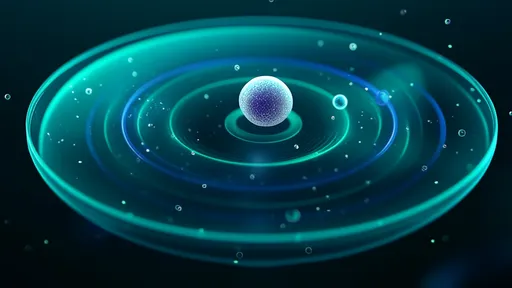
By /Jul 2, 2025